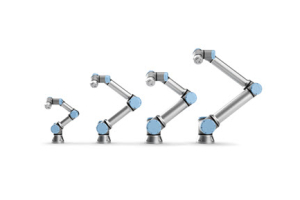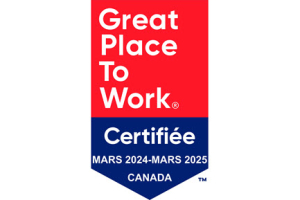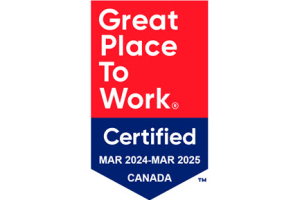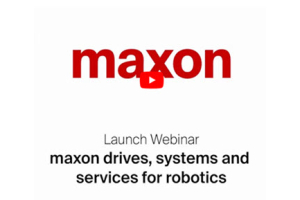Coming up with the right drive technology for your application often depends on the options before you. Here are five of the most common drive configurations being used today, along with their benefits and drawbacks.
Although there are a number of variations of drive technologies for motion applications, there are a few that are used for the majority of systems being built today. These most common drives do take a bit of understanding before applying, though.
Common among manufacturers are the application of gears to create flexibility in drive capabilities and characteristics. Gears come in a lot of shapes and configurations, including bevel gears, helical gears, worm gears, and the most common, the spur gear. The spur gear is also one of the simplest in form and simplest to implement. You’ll find spur gears used in everything from turbine plants to grinding mills, and from the medical equipment to construction machinery. When compared with other gear types, the spur gear offers high precision at both high speeds and with high loads. They are some of the most efficient gears on the market.
Maximum efficiency of a spur gear is approximately 90 percent per stage, which applies for loads that are typically one-half the rated torque (continuous torque) and greater, where it is essentially independent of the load. For some highly specific applications additional concerns may include a maximum rated load, maximum rated speed of rotation, and possible backlash. Temperature range can be a concern because special lubrication may be needed.
Planetary gears are also common among motion control systems. A planetary gear can provide movement with very low backlash, which is ideal for positioning systems used in the semiconductor and electronics packaging industries. These gear boxes are highly efficient as well, operating close to the 98 percentile even at low speeds. Some of the reasons planetary gearheads are used include their compact size and low weight, their low maintenance needs, and their design flexibility. One of the greatest reasons to use a planetary gear configuration is the fact that they are fully reversible while maintaining its efficiency.
Toothed belts are similar to gearheads in terms of their function. In comparison, they are smoother running and offer greater flexibility in the arrangement of the input and output shafts. Large pulley diameters with a correspondingly high reduction ratio and multiple drives can easily be realized. Further, toothed belts require no lubrication and little maintenance. Backlash can be kept small, although the elastic play is generally higher.
One of the drawbacks of using belt drives is that they are more sensitive to brief impact loads. Belt drives also have to be tensioned, and the resulting radial forces must be absorbed by an appropriate bearing design. In the operation of toothed belts electrostatic charging can also occur if the components are not properly grounded.
An interesting alternative to drive technology is the drive spindle, which transforms rotary motion into linear motion. The two most common designs include the recirculating ball screw and the threaded sliding spindle.
Threaded sliding spindles are characterized by high surface pressure, which means that positions can be maintained in vertical operation without a current supply. These are low-cost solutions, typically used as actuators. They provide smooth operation, but users must pay attention to the temperature of the nut, which means that operating time should only be up to about 60 percent of the duty cycle. Spindles are low efficiency devices (between 30 and 50 percent) to be run at maximum speeds of up to 0.7 meters per second. The suitability of threaded sliding spindle drives depends on the material pairing of the lead screw and the nut.
The other drive spindle configuration, the recirculating ball screw, provides linear motion through bearings that roll (or recirculate) between the nut and the guide grooves in the lead. The profile of the lead is rounded to improve the fit with the recirculation balls. The coefficient of rolling friction is approximately 0.02. These types of ball screws offer high repeatability when preloaded, and efficiencies near 99 percent. They also operate without running hot, which means that operating cycles with duty times to 100 percent can be realized.
The drawback of the recirculating ball screw is that they do not self-lock, which means that a holding break is usually needed. It is important to remember when applying threaded sliding spindles, that the value of the preload can have a significant influence on torque, friction, and operating life of the device. Some applications may need certain points verified, including the maximum loading of the spindle (including operating cycle and heating), maximum speeds of displacement, backlash (for positioning systems), and temperature ranges.
The drive systems mentioned here are a few of the most commonly used in the industry. Unless your application is highly specific, these drive technologies are the most cost effective and most readily available. Nonetheless, they must still be understood so that you get the necessary response to your needs. Always for special applications, it is wise to contact the supplier for the specific characteristics of the device you are attempting to use.
| Type | Efficiency | Pros | Cons |
| Spur | High | Parallel shafting. High speeds and loads. | Can have back backlash, especially at low speeds or in a reversible situation. Low flexibility in input and output shaft configuration. Needs lubrication. |
| Planetary | High | Very low backlash. Compact size and low weight. Low maintenance. Fully reversible. | More complex design. Higher cost than simple spur gearheads. Low flexibility in input and output shaft configuration. Needs lubrication. |
| Toothed Belts | Medium | Smoother running. Flexibility in arrangement of input and output shafts. Require no lubrication. | Elastic play is high. Sensitive to impact loads. Must be tensioned (resulting radial forces must be absorbed through design). Open to electrostatic charges. |
| Threaded Sliding Spindle | Low | High surface pressure. Low cost. Smooth operation. | Operates at 60 percent duty cycles. Speed limitations. |
| Recirculating Ball Screw Spindle | High | High repeatability (when preloaded). Operates at 100 percent duty cycles. | Do not self-lock (needs a holding break). Be cautious of load values, maximum speeds, and temperature ranges. |
For more information on the Gear Products offered by Electromate, click on the link below:
https://www.electromate.com/products/?c=Gear+Products





